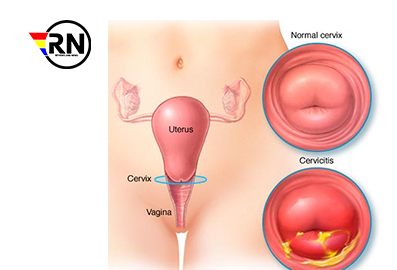Introduction
Ever heard the phrase, “Listen to your body“? It’s not just a catchy saying. Your body has its ways of signaling when something’s amiss, and postcoital bleeding is one of those signals. So, what’s it all about?
What is postcoital bleeding?
Postcoital bleeding refers to spotting or bleeding that occurs after intercourse. It’s not related to menstruation and can be unexpected and understandably concerning. It’s like your car’s check engine light; it indicates that there might be an underlying issue that needs attention.
Why it matters?
Imagine going on a serene drive and suddenly hearing a clank in the engine. Just as you’d pull over to check, post-coital bleeding is a sign you shouldn’t ignore. It could be benign, or it might point to a more severe condition.
Possible Causes
There are several culprits behind post-coital bleeding. Let’s break it down.
Infections
Bacterial infections, yeast infections, or sexually transmitted infections (STIs) like chlamydia or gonorrhea can cause bleeding after intimacy. Think of it as a garden. When unwanted pests invade, your plants suffer, right?
Cervical or endometrial polyps
Polyps are benign growths, like unwelcome guests. While they’re mostly harmless, they can lead to bleeding after sex.
Cervical ectropion
In some women, the cells lining the cervical canal spread to the outer surface of the cervix. This makes the area more susceptible to bleeding, especially after intercourse.
Uterine, cervical, or vaginal cancer
Though rare, postcoital bleeding can be a sign of cancer. It’s essential to catch these early, like detecting a small leak before it floods your entire home.
Trauma
Forceful intercourse, or any form of trauma to the vaginal walls, can lead to bleeding. Sometimes, it’s the simple things, like not having enough lubrication.
Diagnosis & Treatment
Here’s the part where we dive into solutions, just as you’d want to fix that engine clank.
How it’s diagnosed
Your doctor might do a pelvic exam, a pap smear, or other tests to determine the cause. It’s like taking your car to the mechanic – they’ll run diagnostics to pinpoint the issue.
Treatment options
Depending on the cause, treatments can range from antibiotics for infections, removal of polyps, or more specialized treatments for severe conditions.
Prevention & Tips
Knowledge is power, and prevention is the key.
Tips to prevent
Maintaining good genital hygiene, regular medical check-ups, and safe sex practices can help prevent some causes of postcoital bleeding.
When to see a doctor
If you experience postcoital bleeding regularly or if it’s accompanied by other symptoms like pain, it’s time to see a doctor. Why risk it? It’s always better to be safe than sorry, right?
Conclusion
Postcoital bleeding might sound alarming, but understanding its potential causes and seeking timely medical advice can make a world of difference. Your body communicates in various ways, and it’s our duty to listen and act. So, treat it like the precious vehicle it is. Keep it well-maintained, and it’ll run smoothly for years.
FAQs:
- Is postcoital bleeding a sign of pregnancy?
- No, postcoital bleeding is not a direct sign of pregnancy. However, any unexpected bleeding should be discussed with a doctor.
- How long does postcoital bleeding last?
- It can vary from a few hours to a couple of days, depending on the cause. If it persists, seek medical advice.
- Can birth control pills cause postcoital bleeding?
- Some women might experience spotting when starting a new birth control method. However, persistent postcoital bleeding should be investigated.
- Is postcoital bleeding the same as spotting between periods?
- Not necessarily. While both involve unexpected bleeding, their causes can differ. Always consult with a healthcare provider about any concerns.
- Does postcoital bleeding mean I have an STI?
- Not always. While STIs can be a cause, there are various other potential reasons.

